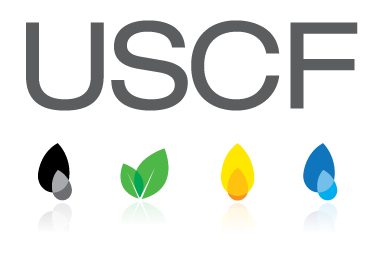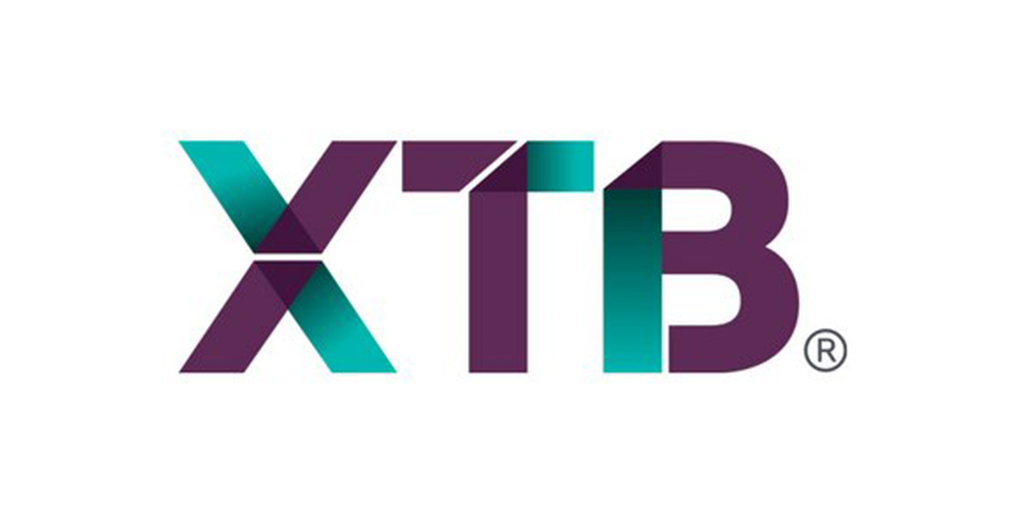Today's new ETF listings from around the world.
USA
USCF lists complex backwardation-targeting commodity ETF
US Commodity Funds, the commodities specialist ETF issuer, is listing a new broad-based commodity ETF based on the idea that commodities in low supply will outperform those in abundance. They'll do this, USCF believes, because low supply tends to drive commodity futures markets into backwardation. (Backwardation is where a commodity's futures contract is cheaper than its spot price)
The USCF ETF TR Commodity Strategy ETF (SDCI) will be "based on the notion that commodities with low inventories tend to outperform commodities with high inventories," the prospectus says. And, in reverse, that "priced-based measures can be used to help assess the current state of commodity inventories."
To do this, SDCI will track the SummerHaven Dynamic Commodity Index Total Return Index. The index is built out of 14 commodities selected from the list of 27 below.
Energy - crude oil (Brent), crude oil (WTI), gas oil, heating oil, natural gas, and unleaded gasoline;
Precious Metals - gold, silver, and platinum;
Industrial Metals - zinc, nickel, aluminum, copper, lead, and tin;
Grains - soybean oil, wheat, corn, soybeans, and soybean meal;
Softs - sugar, cotton, coffee, and cocoa; and
Livestock - live cattle, lean hogs, and feeder cattle.
The 14 commodities are chosen using a three-step process: First, the seven commodities with the least contango/most backwardation are identified. Second, from the remaining 20 eligible commodities, the seven commodities with the greatest percentage price change over the prior 12-month period are identified. If any of the six categories is totally unrepresented, the commodity for the omitted sector with the greatest momentum is substituted for the commodity identified during the second step with the lowest momentum, the prospectus says. Third, from the eligible futures contract for each of the 14 identified commodities, the futures contract with the greatest backwardation (or least contango).
The 14 chosen ones are then equally weighted by notional amount.
Analysis - how do you have a total return commodity index?
Like other total return commodity indexes, SDCI's will reflect "performance of a fully margined and collateralized portfolio of exchange-traded commodities futures contracts," the prospectus says.
But what's that? In simple English, when traders buy and sell commodity futures they never pay cash in full. Instead, they deposit a small margin, usually 5 - 10% of the value of the futures contract, while holding the rest in cash/treasuries as collateral.
This allows traders to be exposed to the underlying commodity, while receiving a return on the rest of their capital. The collateral also satisfies the exchange that, come delivery, the trader can cough up for the commodity futures.
Australia
More exchange-traded bonds from XTB
XTB, the Aussie ETF issuer (sort of) that puts the corporate bonds of single companies on exchange, is adding to its corporate bond arsenal. XTB is putting four more corporate bonds on the ASX, from Dexus, Ausnet, Telstra, Vicinity Centres Trust.
YTMAS1:AU
YTMDX2:AU
YTMTL2:AU
YTMVCX:AU
YTMVC1:AU
Perennial lists ETMF
Sydney-based Perennial Value Management has listed a new ETMF that aims to provide a tax-efficient income stream. The elnvest Income Generator Fund (EIGA) will be based off one of the companies wholesale funds, the Perennial Value Shares for Income Trust (PERVHYD), other media reports indicate. PERVHYD has underperformed ASX200-tracking ETFs by almost 20% over the past five years.
Perennial were contacted for comment.





